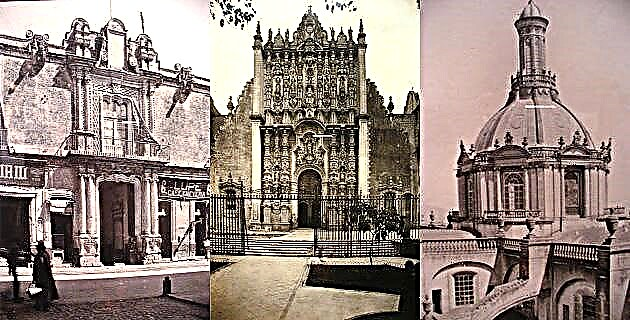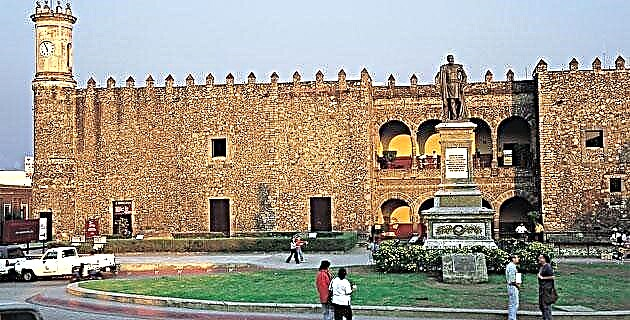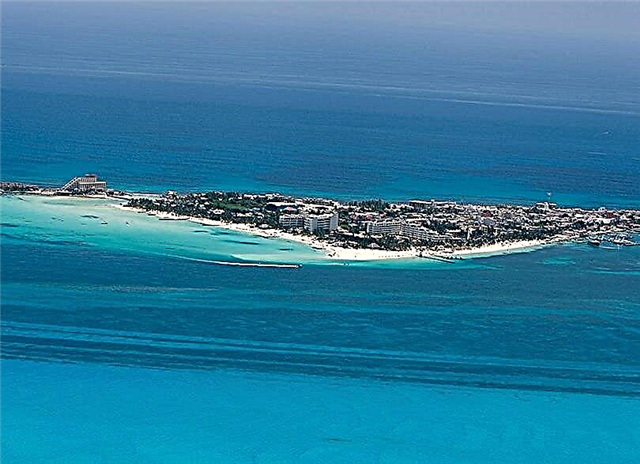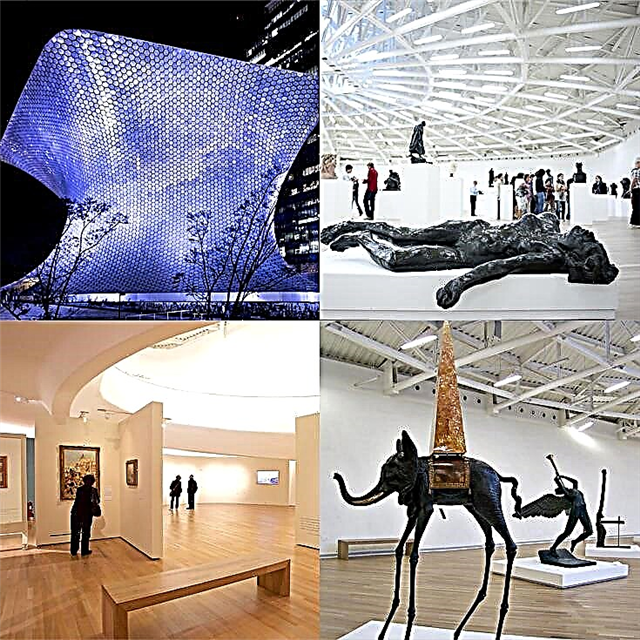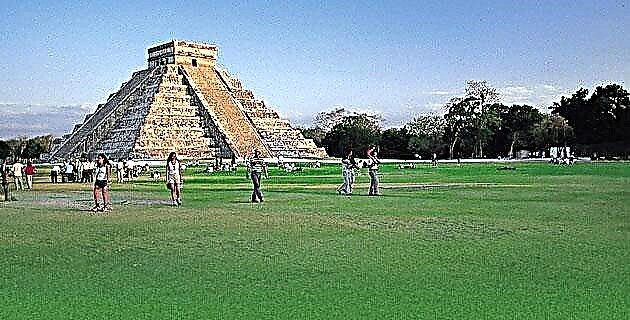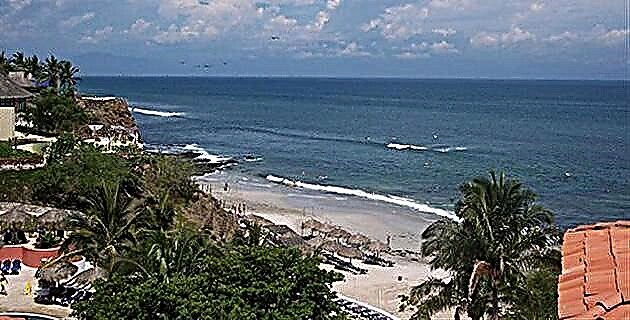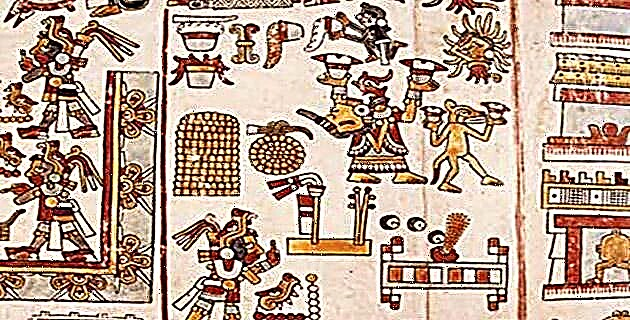
As of 1991, the National Institute of Anthropology and History and the National Institute of Astrophysics, Optics and Electronics (INAOE), through the National Library of Anthropology and History and the Permanence of the Image Group, respectively, signed an agreement of collaboration for the execution of a comprehensive image preservation project.
One of the central tasks of the project consists of the production of high-quality photographic facsimiles from the collection of codices kept by the Library.
This task has a double objective: on the one hand, to support the preservation of codices through photography, since one of the greatest demands for consultation of these materials is for the photographic reproduction for study and publication, and on the other, to generate images of high resolution to digitize them and later transport them to a magnetic tape that allows access to your consultation, in the form of an electronic image bank, with different levels of interaction, where the researcher can manipulate them freely.
To meet the stated objectives, an interdisciplinary team was set up that has made it possible to take care of all the scientific aspects included in the project, through various phases of applied research. Likewise, the equipment, the photographic emulsions and the lighting system were characterized, which resulted in the design of a reprographic system capable of generating color and black and white photographic plates, in high resolution with facsimile matrix quality. . This system is made up of optical equipment consisting of a bellows camera, in 4 × 5 ″ format, with an apochromatic lens (that is, a lens corrected so that the wavelength of the three primary colors is in the same focal plane) and a support that allows the camera to be positioned on an xy axis to move symmetrically and perpendicular to the plane of the document to be photographed.
The alignment of the camera and the back of the lens with respect to the plane of the codices is of vital importance, as well as keeping the symmetry and a homogeneous scale in the images. This should be done in this way, since the photographic shots of some codices, being large format, are made by segments, in order to obtain the highest possible resolution.
The codices are documents with historical patrimonial value that require very rigorous conservation measures, for which a lighting standard was designed to help maintain the stability of the organic materials of said documents.
The use of flash-type electronic light was ruled out due to its richness in ultraviolet emissions, and the choice was made for the 3 400 ° K tungsten light. A set of four 250-watt photo lamps were fitted with frosted glass diffuser filters and Acetate polarizing filters aligned to maintain a cross-polarized lighting system. A polarizer-analyzer filter was also installed in the camera lens so that the direction of the light beams coming from the lamps and reflected by the document were "redirected" by the analyzer filter, and thus their entrance to the camera had a address equal to the one they had when they were issued. In this way it was possible to control reflections and textures, as well as to increase the contrast with a homogeneous, diffuse and friendly lighting for the document; that is, 680 lux, 320 below the 1,000 lux allowed for photographing museum objects.
The densitometric response of four types of emulsion for photographic shots was characterized: Ektachrome 64 type T film for color slides with 50 to 125 lines / mm resolution; Vericolor II type L for color negatives with 10 to 80 lines / mm resolution; T-max for negatives of 63 to 200 lines / mm resolution, and high speed black and white infrared film with a resolution of 32 to 80 lines / mm.
The images resulting from the tests carried out at the beginning of the project were digitized in the INAOE microdensitometer. These actions were part of a second pilot phase. Those obtained on 64 T transparency film were digitized in black and white with a resolution of 50 microns per point, which is enough to recover the image and some graphic elements that can no longer be seen with the naked eye in the original. With this resolution and given the digitization area, each of the boards occupies an average of 8 MB of memory.
These images are recorded, in principle, on the hard disk of the computer connected to the microdensitometry system; later, they are exported (via network) to a SUN workstation for deployment, and then processed in the Iraf workstation, which is a data manipulator for the analysis of astronomical images.
The images are processed into positive and negative pseudo-colorings, and in this way they are analyzed to observe the differences that the information presents according to the combination of pseudo-colorings. One of the most important results is that the study of the codices, based on pseudo-colorized images, not only allows us to see information with greater clarity than in black and white, but also compensates for some deterioration suffered by the documents -due to the passage of time. time-and other properties or natural aspects of the document, such as textures, fibers, abrasions, detachments of impregnation, etc.
An interdisciplinary group made up of curators, historians, restorers, photographers, scientists, electronics engineers, opticians and laboratory workers has participated in the project, all belonging to two national institutes, which through the agreement have successfully combined their knowledge and experiences for the preservation of the cultural heritage of Mexico.
To date, thirteen original codices have been digitized: Colombino, Boturini, Sigüenza, Tlatelolco, Azoyú II, Moctezuma, Mixteco Postcortesiano No.36, Tlaxcala, Nahuatzen, San Juan Huatla, Partial Plan of Mexico City, Lienzo de Sevina and Mapa by Coatlinchan.
The research options offered by digital images are multiple. The hypothesis of electronic restoration of the images can be worked out, for example, restoring the tone values of the image at the pixel level (picture element), and also with the reconstruction of degraded or missing details, averaging the tone values of neighboring pixels. to the area in question.
Currently, the use of digital and / or electronic images in historical collections allows greater access to the collection, and broadens the potential of the preservation task by including them in the automated systems of reference and catalog information. Likewise, with digital images, documents can be reconstructed through appropriate image processing, specially designed by researchers from various disciplines.
Finally, the digital images are a tool for the visualization of the copies of the collection, which can be applied to the documentation of the conservation of documents, to the monitoring of physical restoration treatments and to the obtaining of electronic prints on paper for museographic and / or editorials; Likewise, visualization is a tool to show the possible deterioration that documents may suffer over time.
Digital images are also a powerful tool for the analysis and documentation of graphic collections; However, the implementation of these processes should not be detrimental to the conservation tasks that guarantee the safeguarding of those same historical collections.
Source: Mexico in Time No. 10 December


